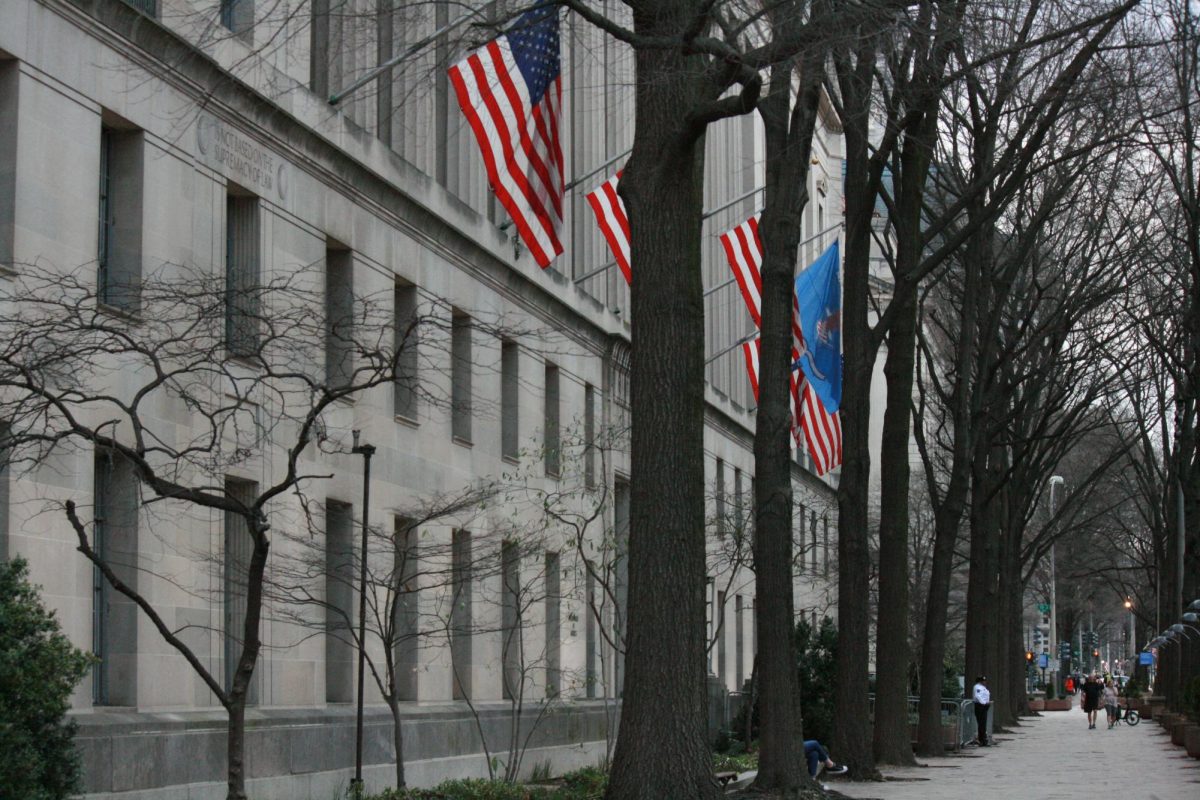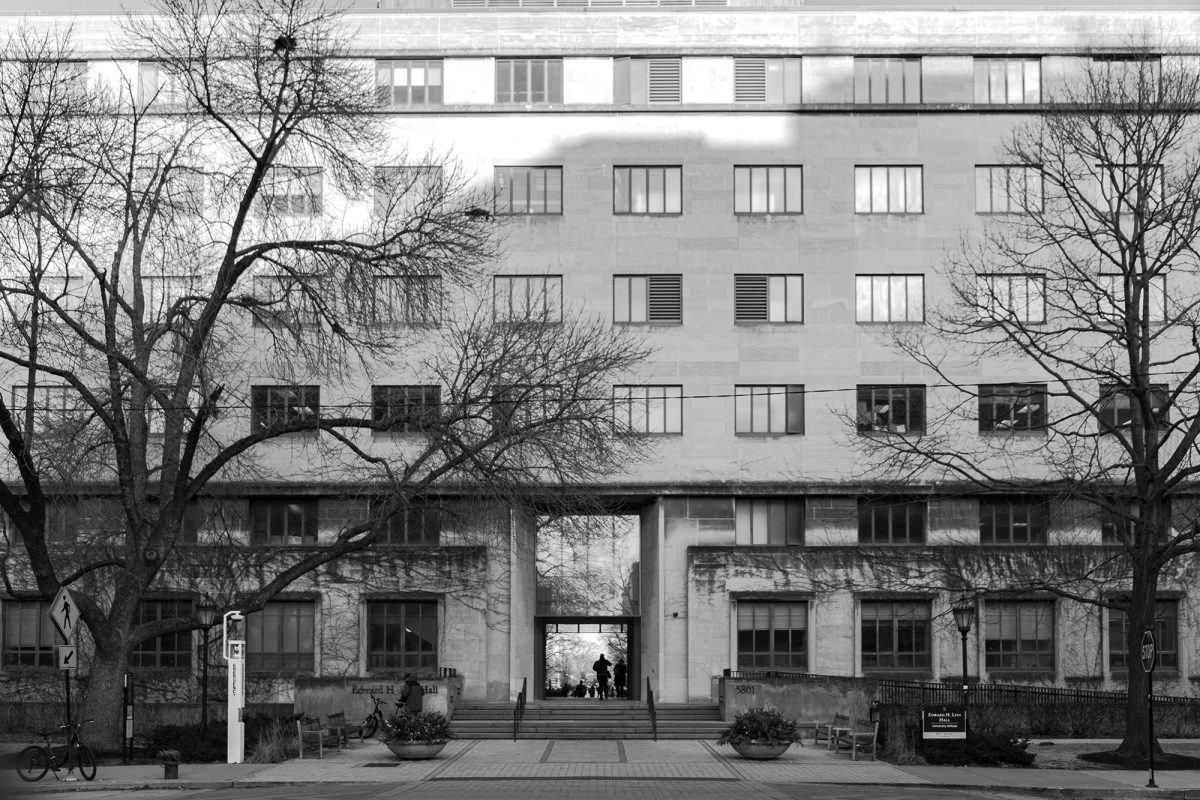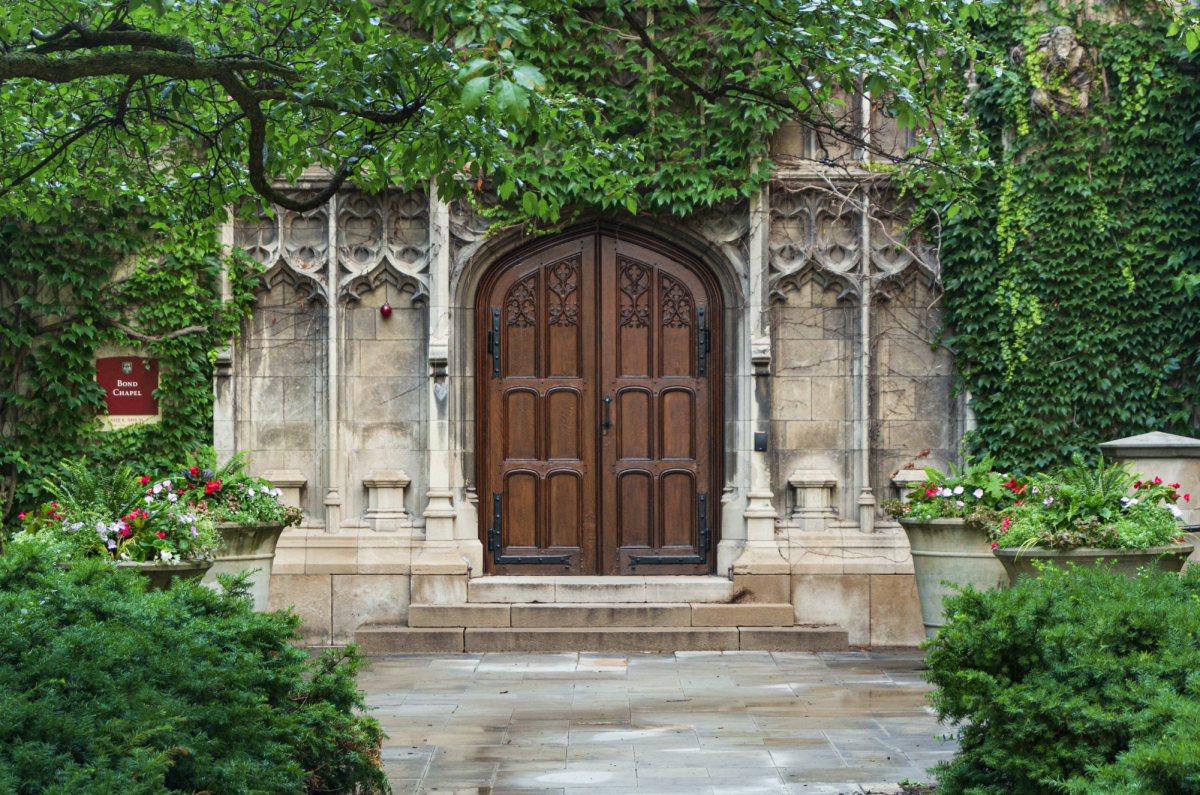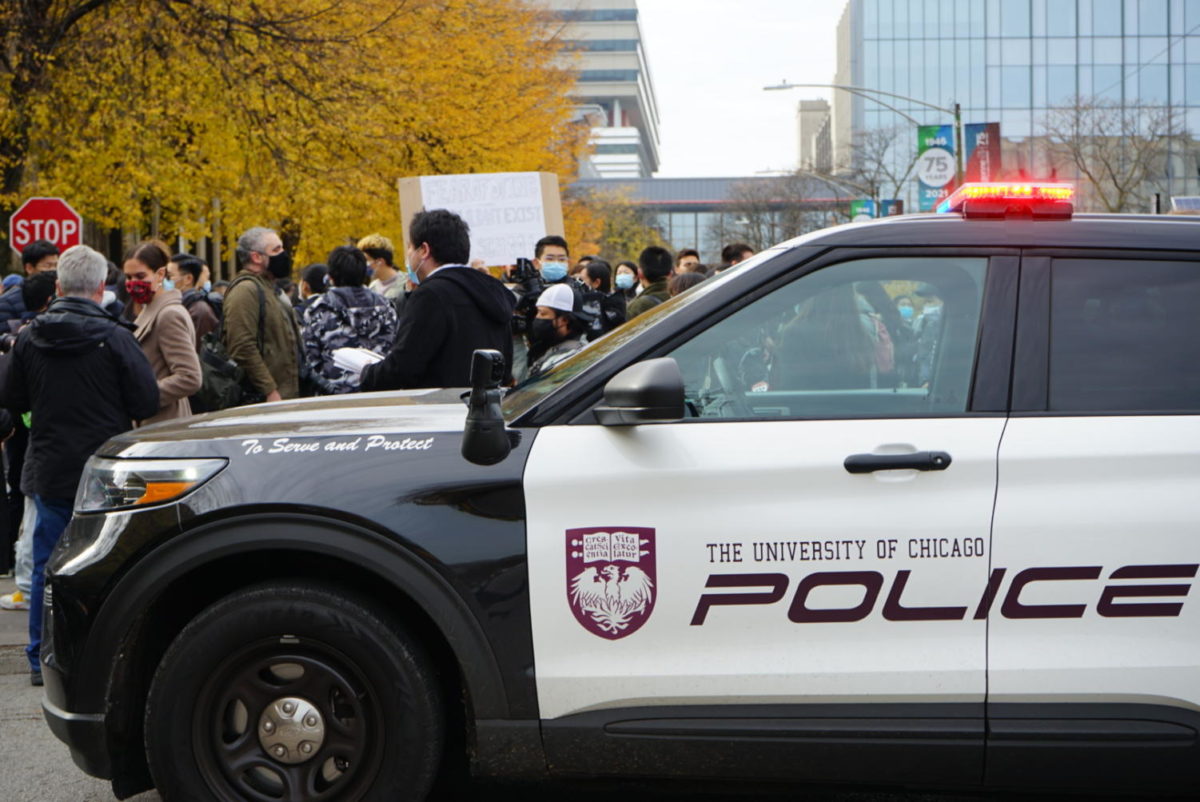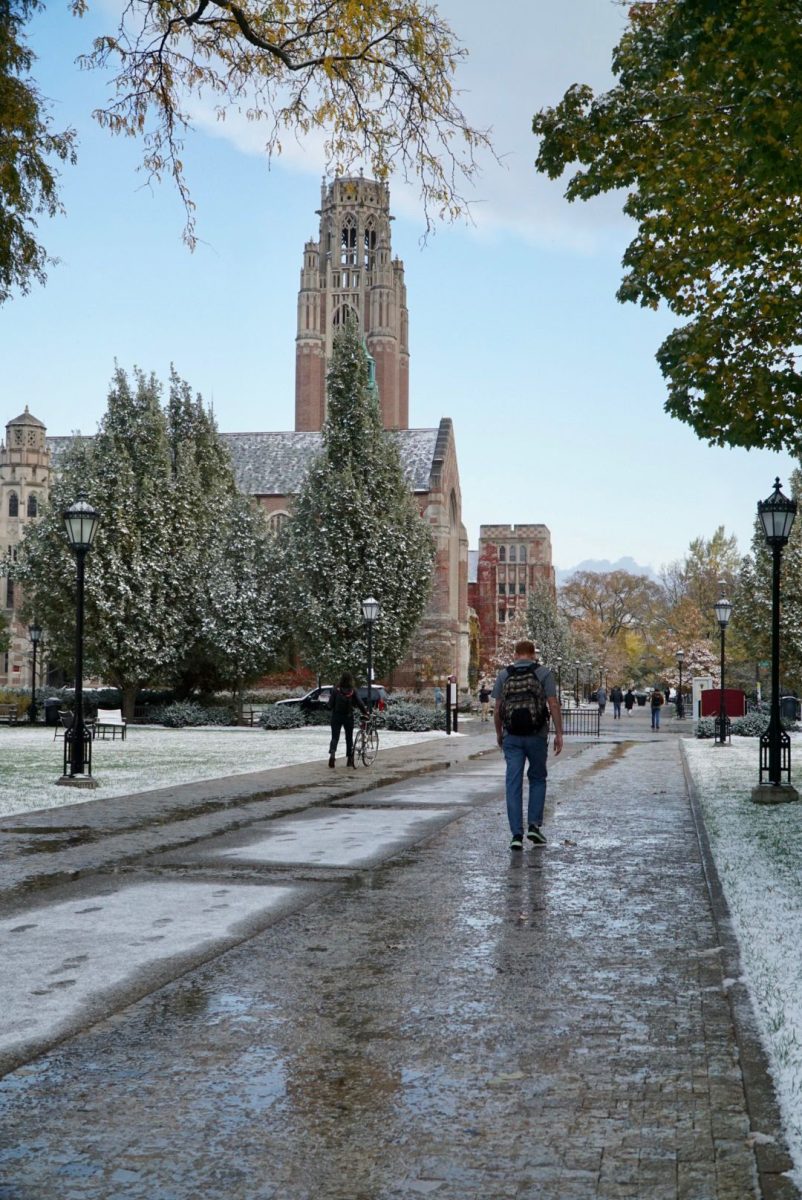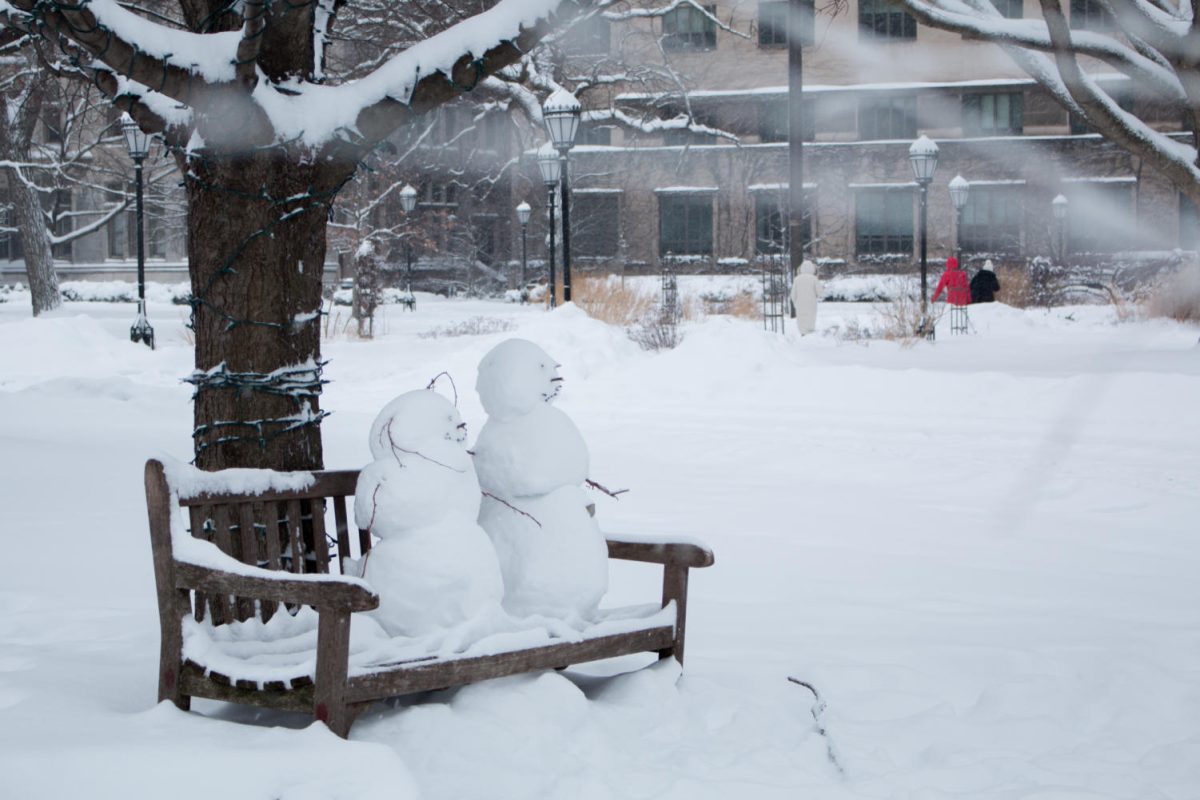A year ago January 27, four people, including a current student and an alum, were arrested while protesting at the Center for Care and Discovery (CCD). Two days later, more than 1,000 students had signed a petition demanding an explanation from the University for how the protesters were treated. The CCD was only open for a private tour that day, and the protesters staging a sit-in at the hospital were perceived as a safety threat. As the protesters told the Maroon, the University of Chicago Police Department (UCPD) officers mistreated the protesters and did not immediately contact the Dean on Call when the demonstrators asked. Although charges against the protesters were eventually dropped, tensions continued to run high between students and the UCPD. When the Maroon broke the story of an undercover officer’s presence at a subsequent February protest, the situation only escalated. That discovery prompted an external review of the UCPD and the firing of one officer, as well as the formation of an ad hoc Committee on Dissent and Protest. So a year later, has anything actually changed?
The progress of the Committee, which is meant to provide policy clarity, seems to be lagging. The Committee on Dissent and Protest convened shortly after the two demonstrations. However, at its open meeting in May, only two members of the committee showed up. One of them, Law School professor and Committee Chair David Strauss, said that the committee’s report to the Provost would focus not on UCPD-specific policies, but on broad issues such as how, where, and when protest is allowed. They met with students, solicited input throughout last quarter, and planned to submit recommendations to the Provost in December.
Since then, the Committee has made no public announcements about its intentions or progress. Because the protests, their aftermath, and the possibility of future demonstrations—especially concerning the trauma center—will not vanish anytime soon, this loss of administration momentum after less than a year is unacceptable. As a university dedicated to the free flow of ideas, workable and understandable protest guidelines are paramount to the vitality of the University’s interaction with its students and with the community at large. The Committee has a responsibility to keep the campus updated as to its progress, and students in return have a responsibility to hold the Committee accountable by discussing and challenging its report, which we hope will be released soon. Regardless of the trauma center issue, the ability to safely protest is key to free speech and exchange of ideas on campus.
In addition, after the external review of the UCPD, the administration also pledged to clarify a number of UCPD policies and the Dean-on-Call procedure. In the wake of the protests, that aspiration made much sense, but if any clarifications have been made, they have not been widely publicized. And in order to turn any clarifications into on-the-ground awareness, they must be discussed between administrators and the student body throughout campus. The administration needs to take advantage of this momentum while it still exists and follow through on its promises to solidify protest policies.
The Editorial Board consists of the Editors-in-Chief and the Viewpoints Editors.



